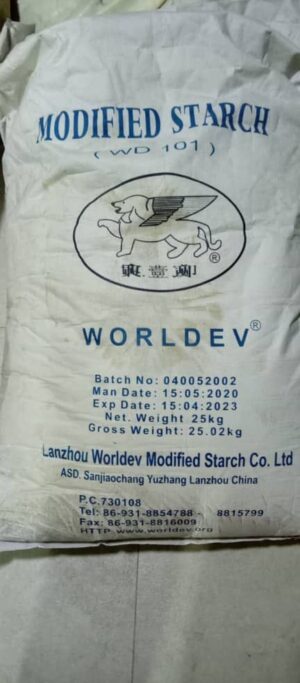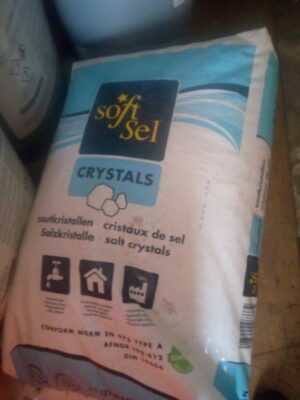sorbitol powder
Sorbitol powder is a low-calorie sweetener (about 60% as sweet as sugar)
A humectant (helps retain moisture)
A bulking agent in foods and pharmaceuticals
A sugar substitute for diabetics (low glycemic index)
Where it’s used
Sugar-free gum, candies, mints
Baked goods (keeps them soft)
Toothpaste and mouthwash
Cough syrups, chewable tablets, and other medications
Cosmetics and skincare products
Key properties
White crystalline powder
Slightly sweet, cool mouthfeel
Water-soluble
Non-cariogenic (won’t cause tooth decay)
Notes
Excess consumption can cause digestive discomfort or a laxative effect.
Often used together with other sweeteners for better flavor and sweetness level.
₦145,000.00
Description
Sorbitol powder is a sugar alcohol (polyol) commonly used as:
What it is
A low-calorie sweetener (about 60% as sweet as sugar)
A humectant (helps retain moisture)
A bulking agent in foods and pharmaceuticals
A sugar substitute for diabetics (low glycemic index)
Where it’s used
Sugar-free gum, candies, mints
Baked goods (keeps them soft)
Toothpaste and mouthwash
Cough syrups, chewable tablets, and other medications
Cosmetics and skincare products
Key properties
White crystalline powder
Slightly sweet, cool mouthfeel
Water-soluble
Non-cariogenic (won’t cause tooth decay)
Notes
Excess consumption can cause digestive discomfort or a laxative effect.
Often used together with other sweeteners for better flavor and sweetness level.
⭐ 1. In Food & Baking
Sorbitol is used mainly as a moisture-retainer and partial sugar substitute.
A. As a sweetener
Replace up to 50% of sugar in a recipe without large texture changes.
Sorbitol is 60% as sweet as sugar, so sweetness will be lower unless combined with another sweetener.
B. To keep baked goods soft
Sorbitol attracts and holds moisture, extending shelf life.
How to use:
Add 2–5% of total flour weight to cookies, breads, cakes, or pastries.
Example: If using 500 g flour → add 10–25 g sorbitol.
C. In chocolate or candy
Helps prevent crystallization and gives a smoother mouthfeel.
Typical use: 5–10% of the formula.
D. In ice cream & frozen desserts
Reduces hardness and improves scoopability.
Use 3–8% of the total mix.
⭐ 2. In Beverages & Syrups
Sorbitol dissolves easily in water.
Usage:
Create a simple syrup:
Mix 1 part sorbitol powder + 1 part hot water until dissolved.
Common level: 2–10% depending on sweetness and shelf-life effect needed.
⭐ 3. In Pharmaceuticals
(For home use with permission from a health professional)
Used as a sweetener and bulking agent for syrups, chewable tablets, gels.
Typical concentration: 5–30%, depending on viscosity and sweetness needs.
⭐ 4. In Cosmetics & Skincare
Sorbitol is a humectant—it pulls moisture into the skin.
How to use:
Add sorbitol to the water phase of lotions, creams, serums, and cleansers.
Usage level:
2–5% for lotions
5–20% for gels and cleansers
Helps stabilize emulsions and improve skin feel
⭐ 5. Tips & Precautions
Overuse can cause a laxative effect when consumed (typical threshold ~20–40 g/day).
Sorbitol absorbs moisture—store tightly sealed.
For sweetness, many people combine it with stevia, sucralose, or erythritol.












Reviews
There are no reviews yet.